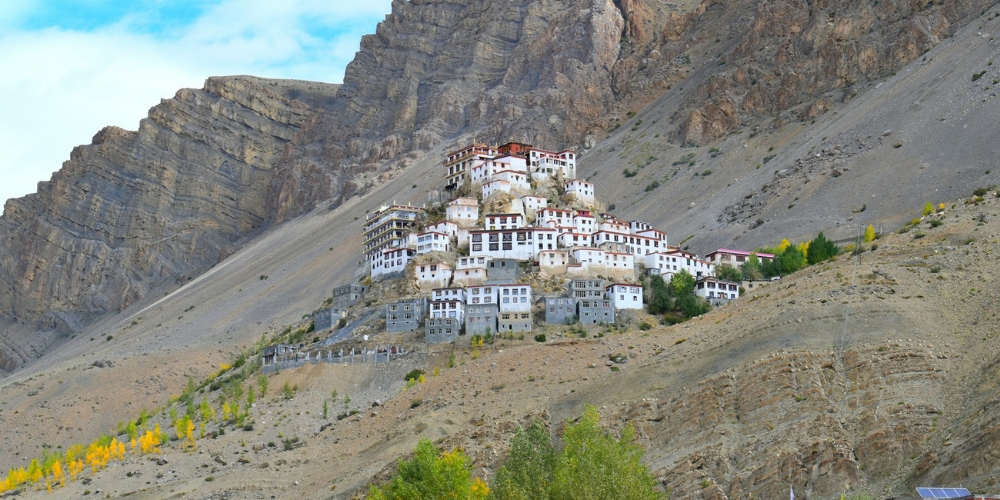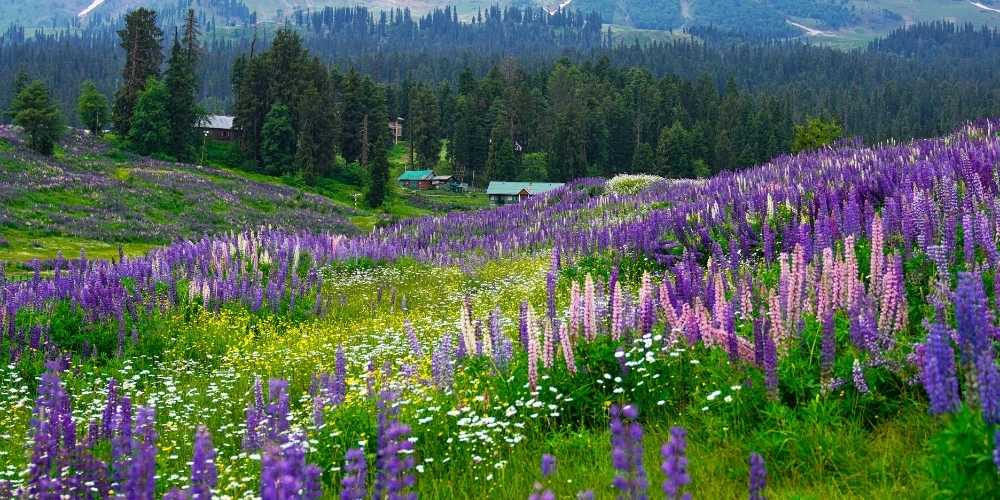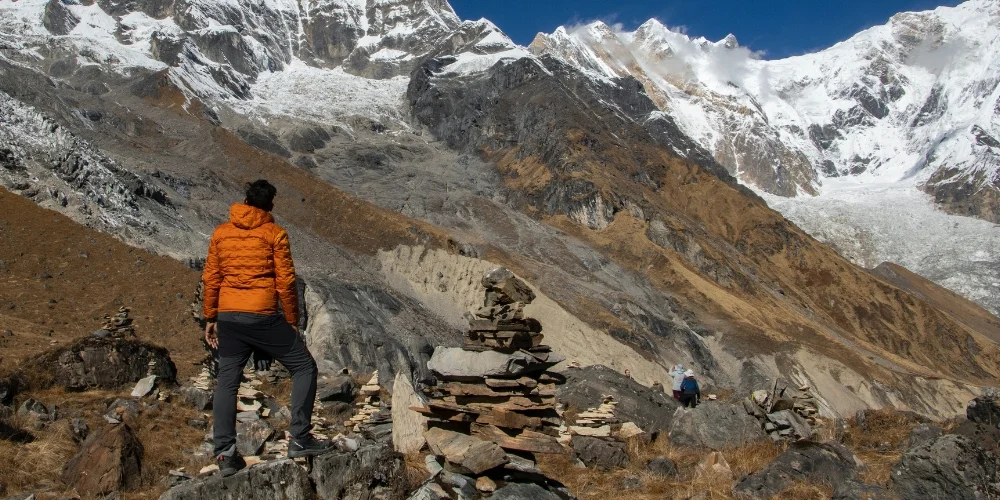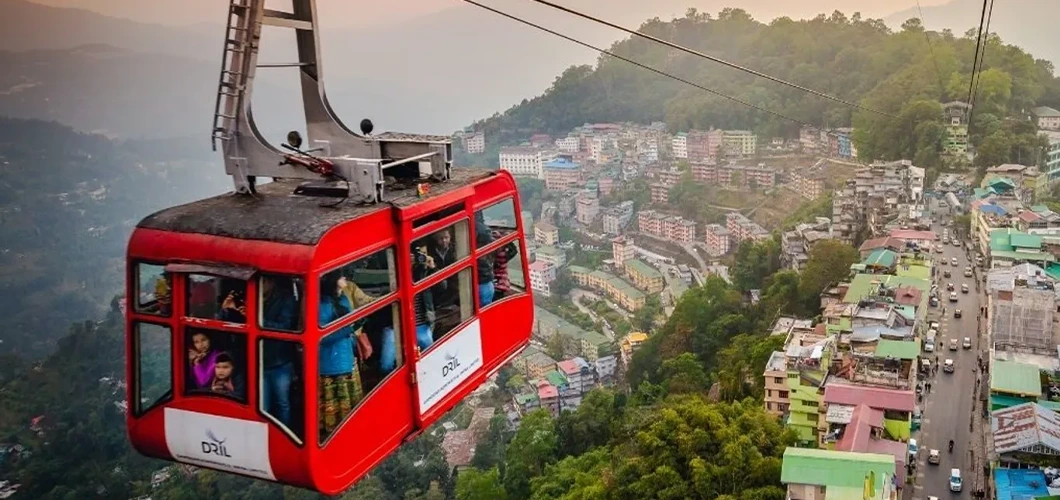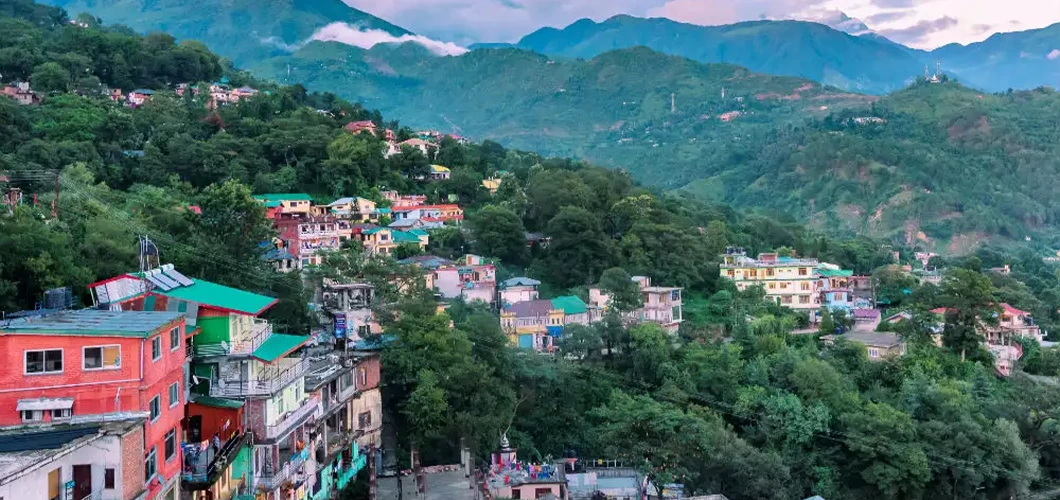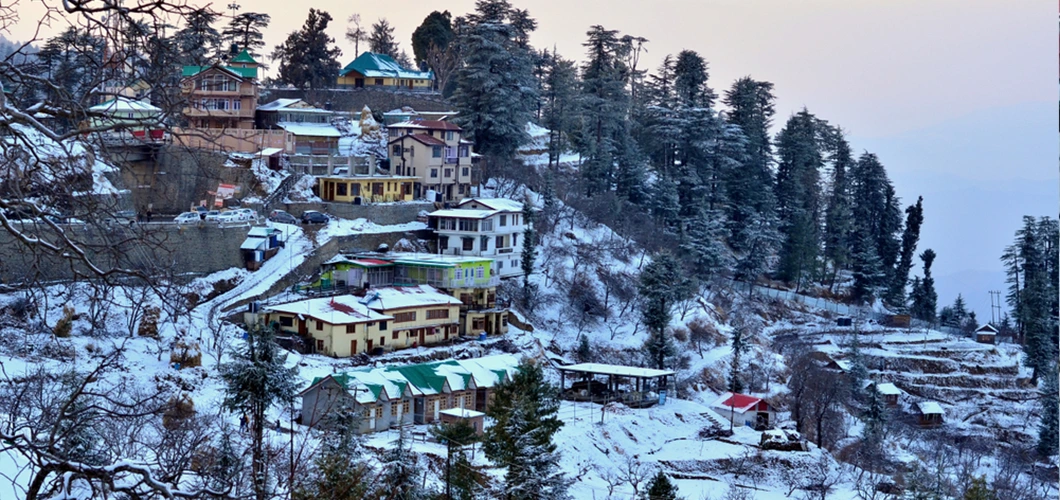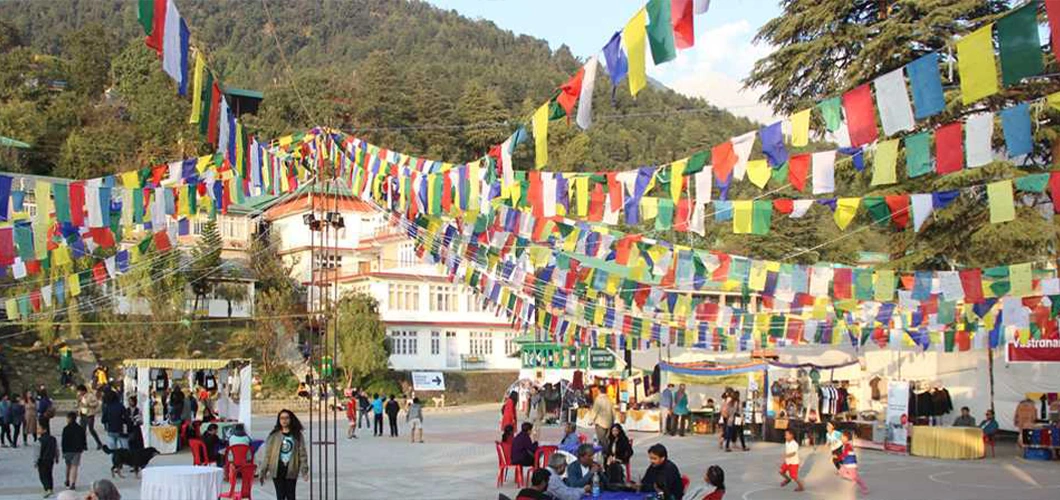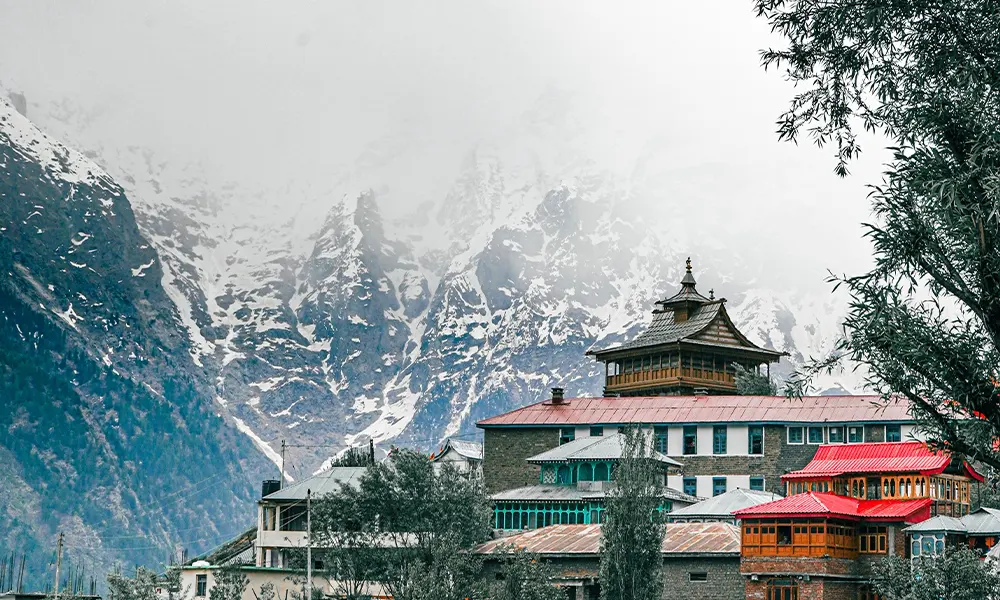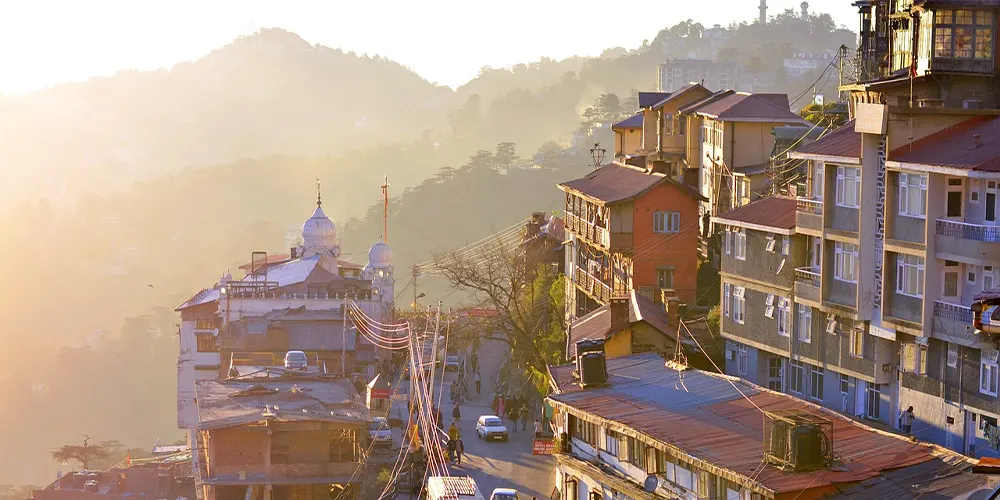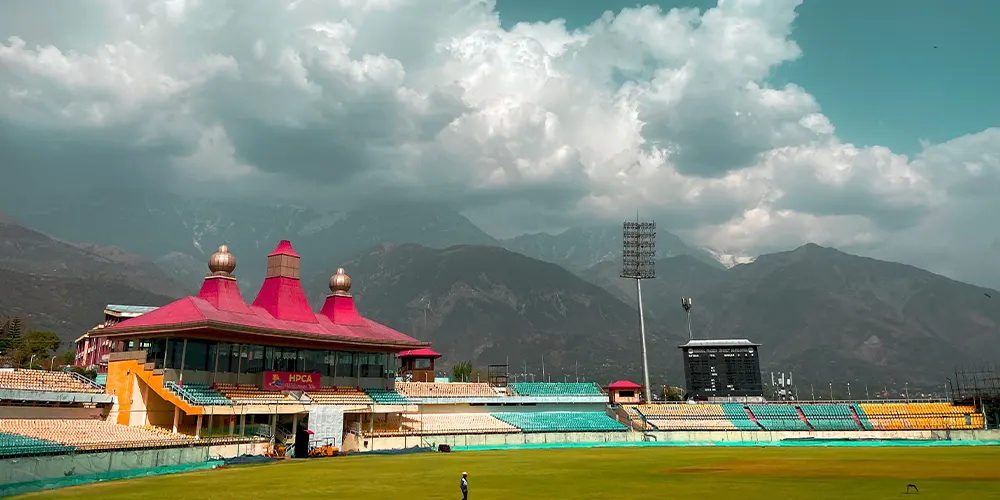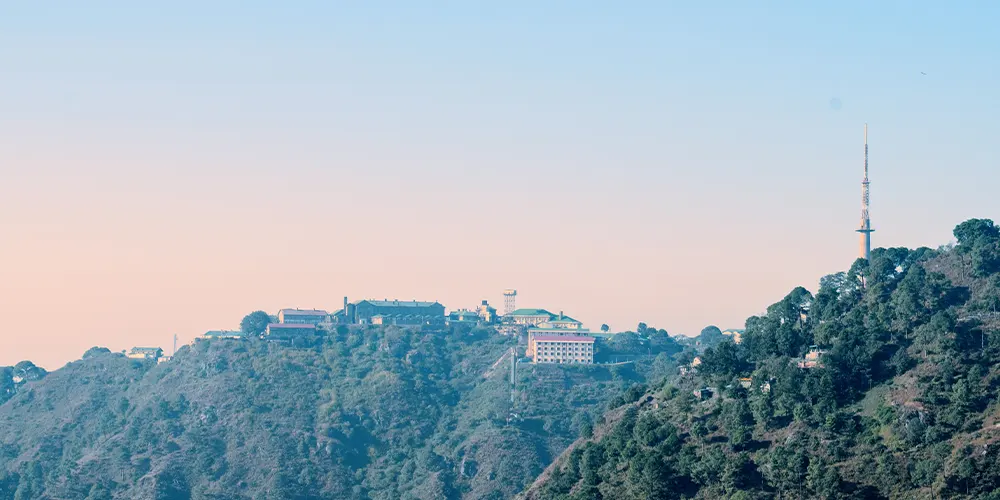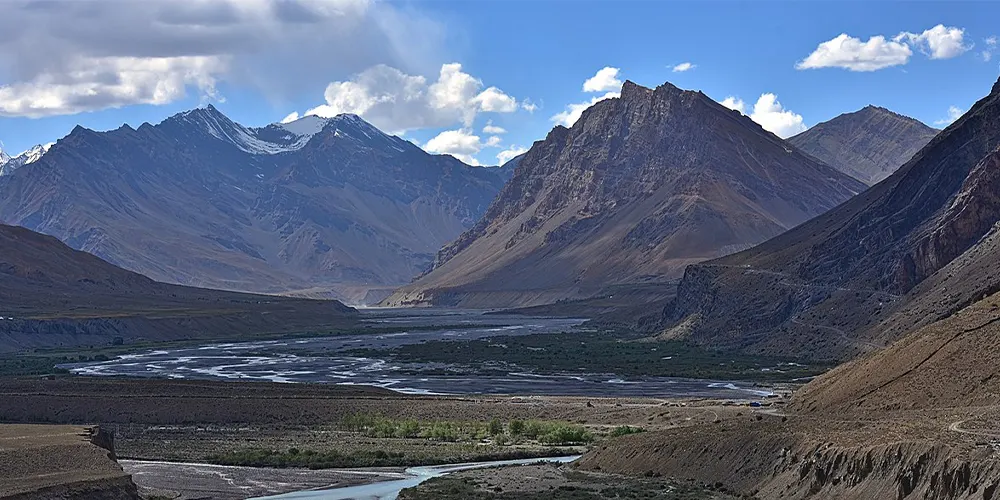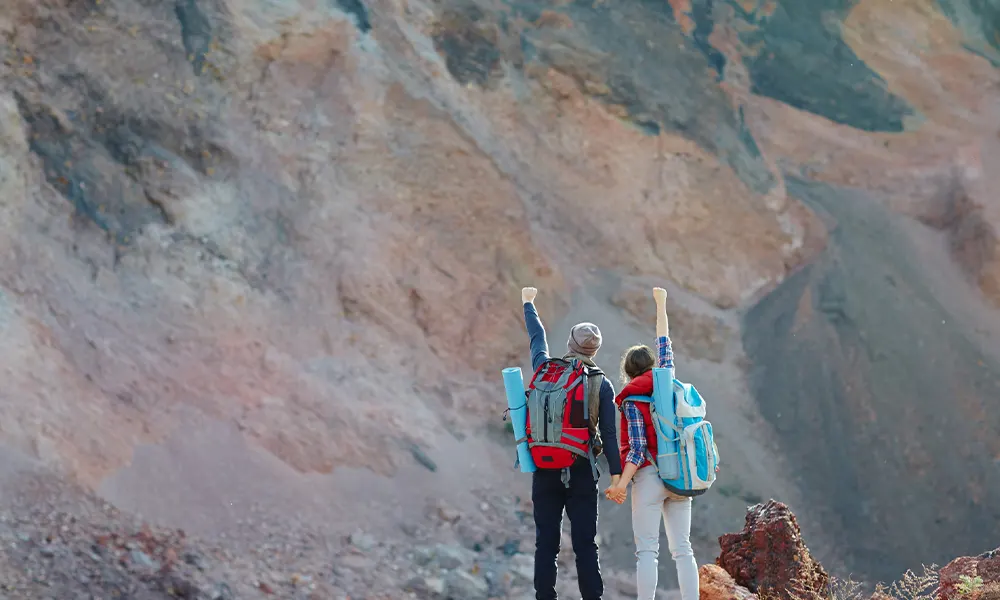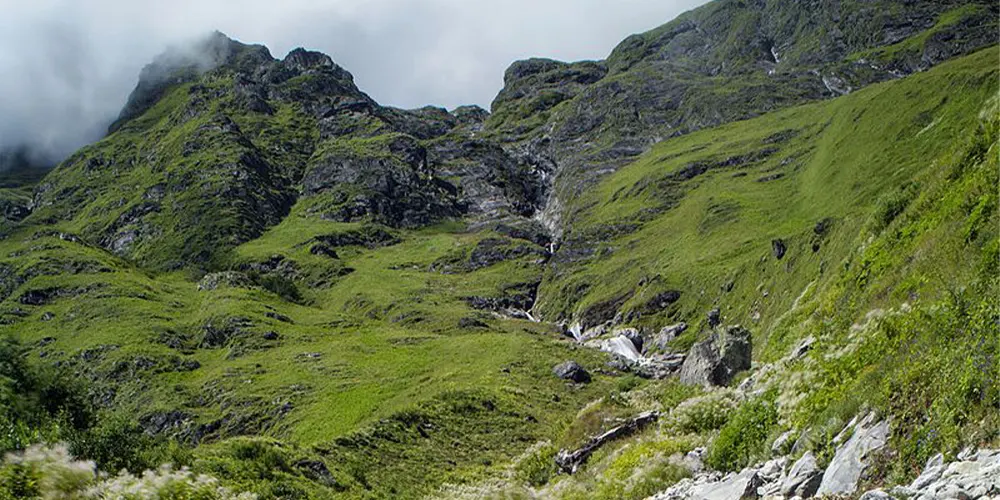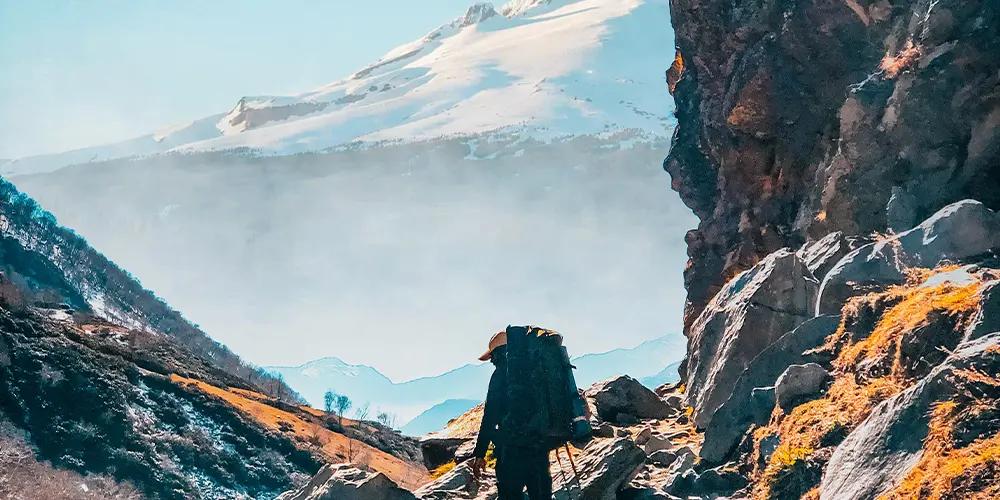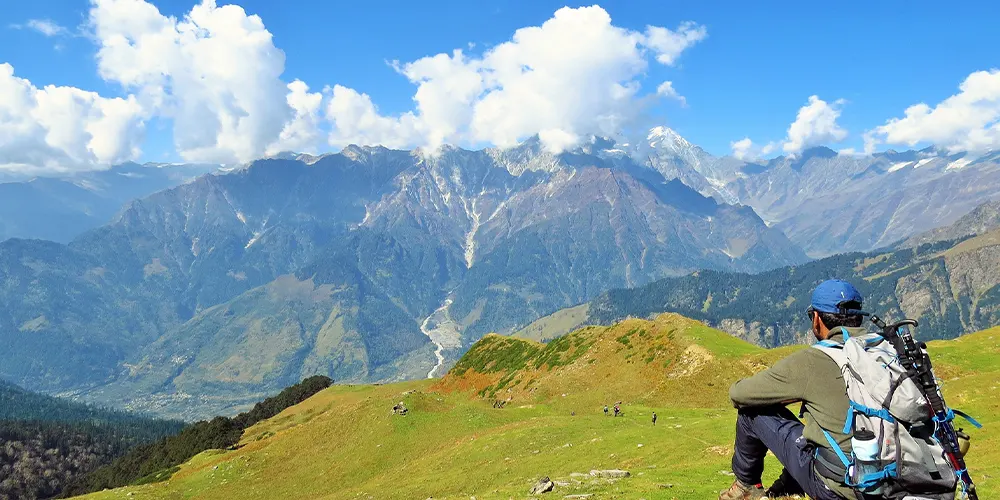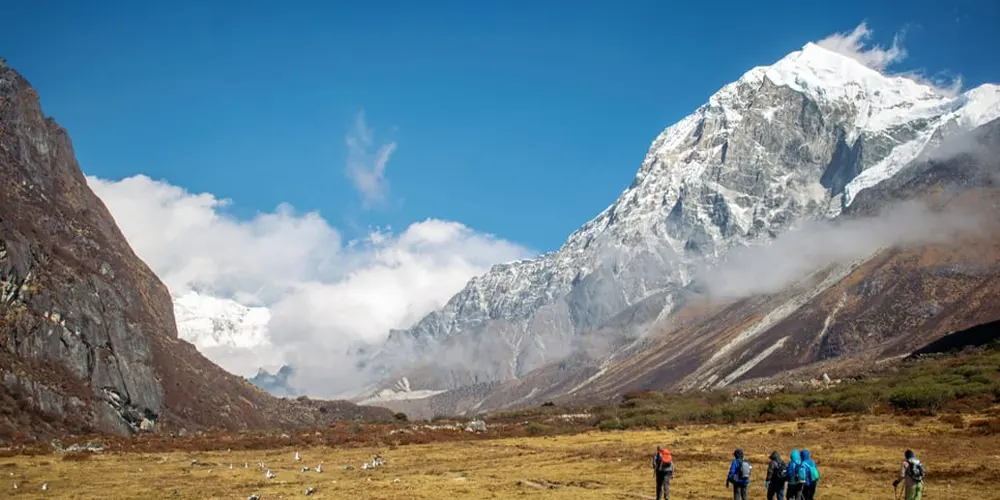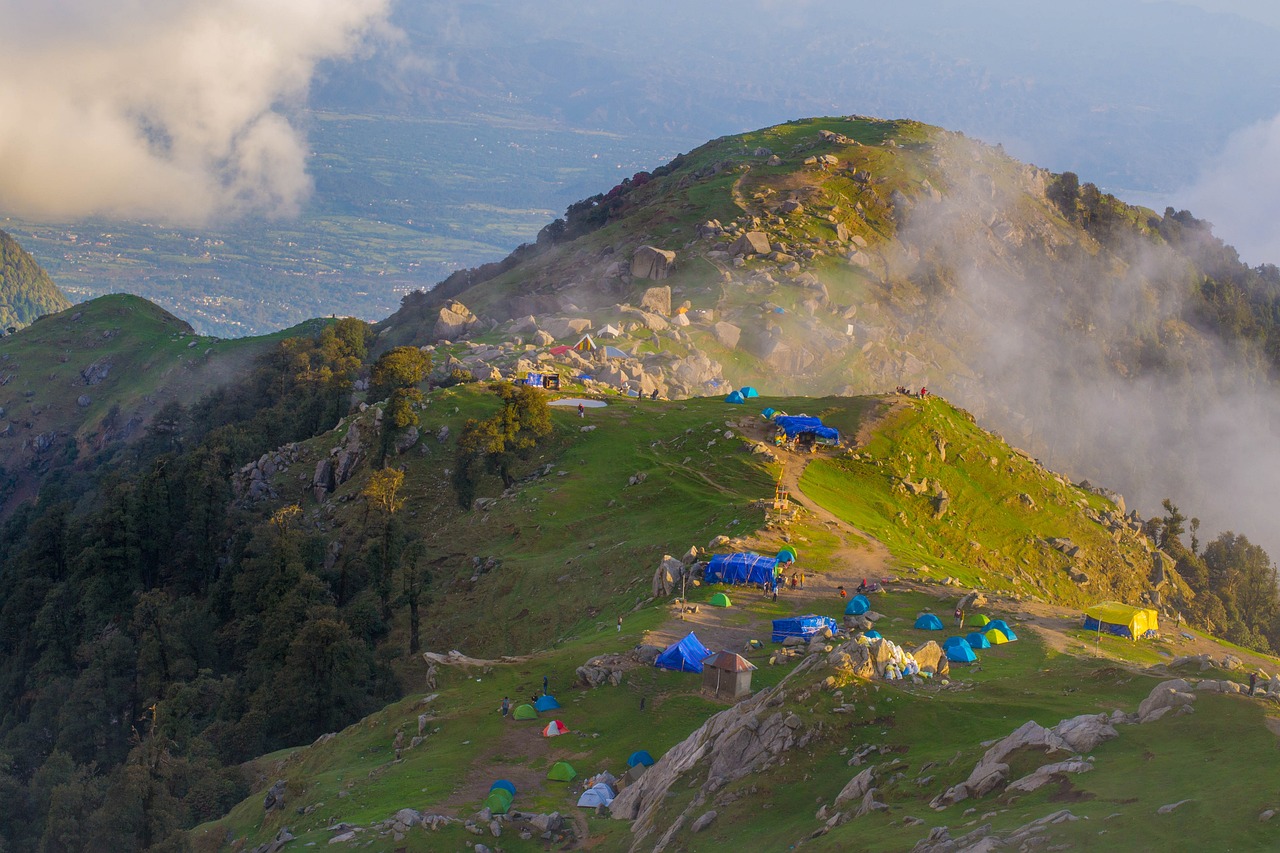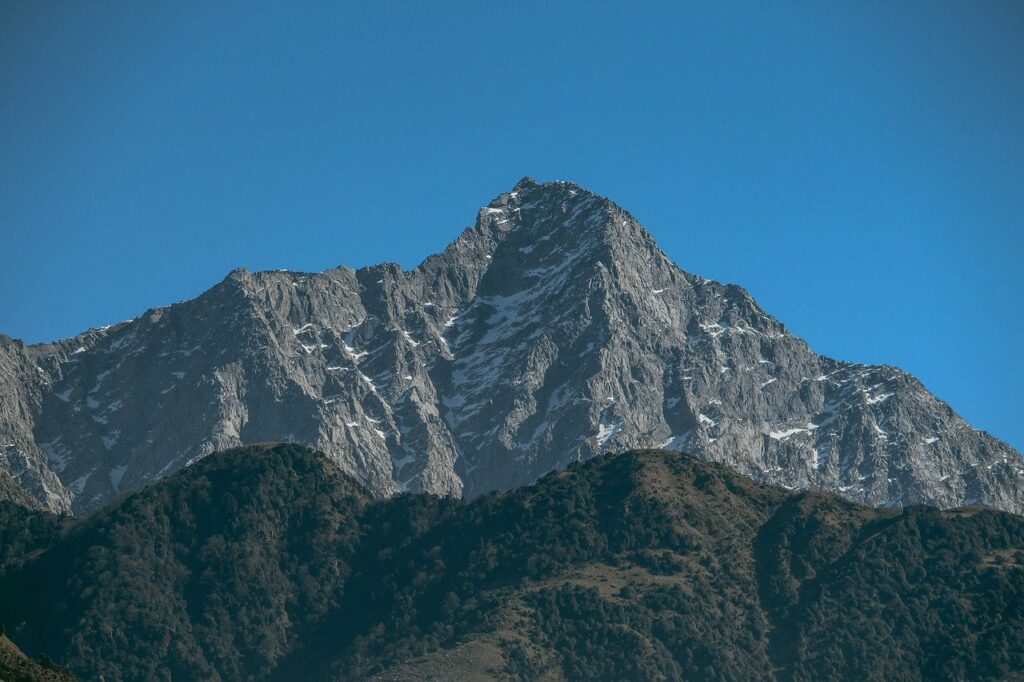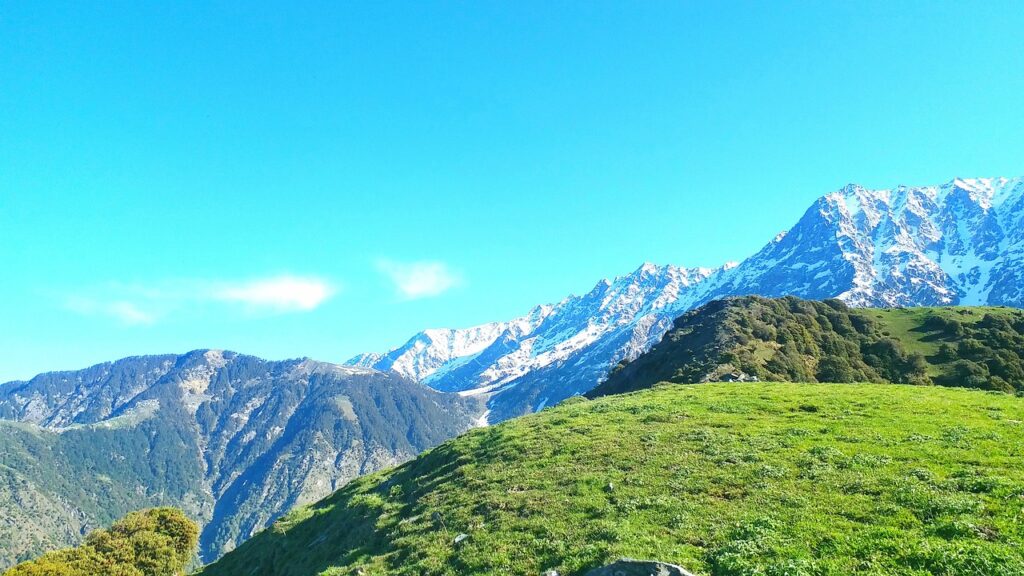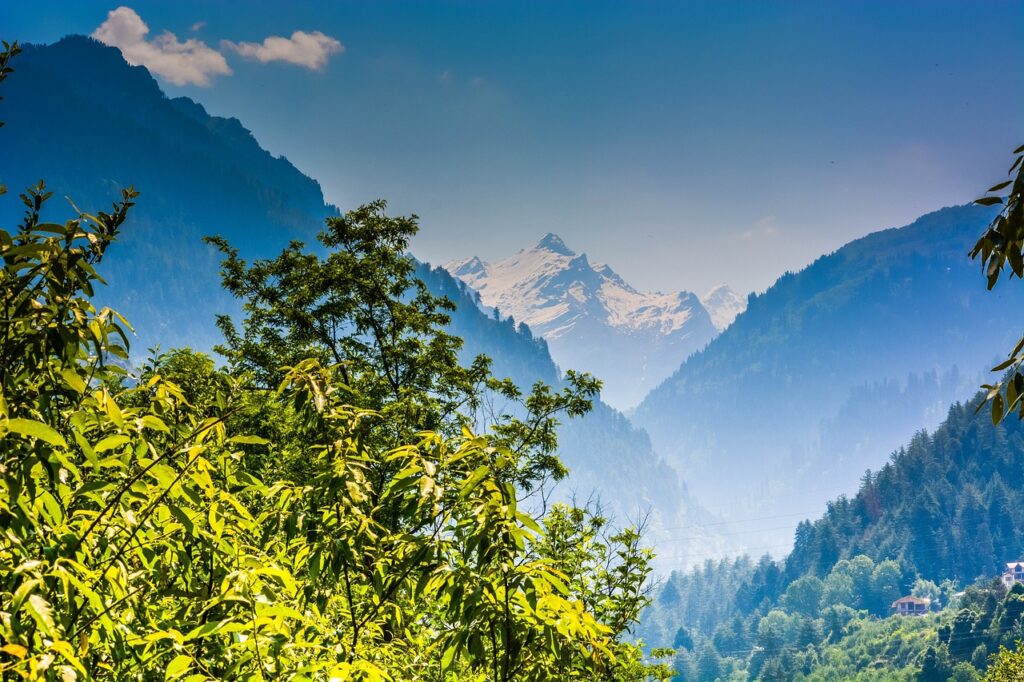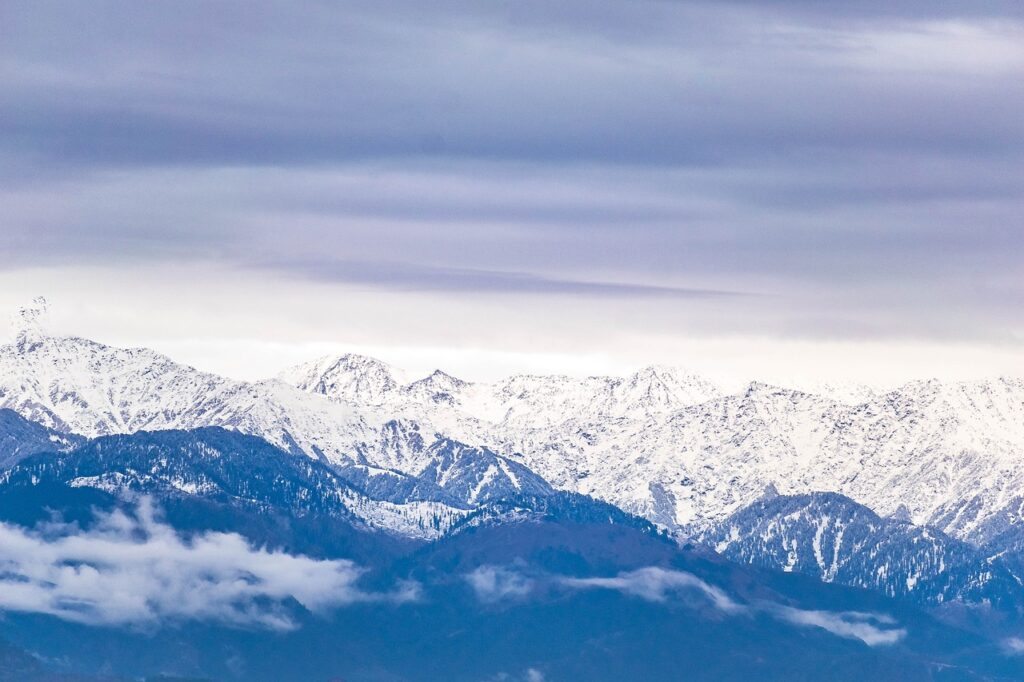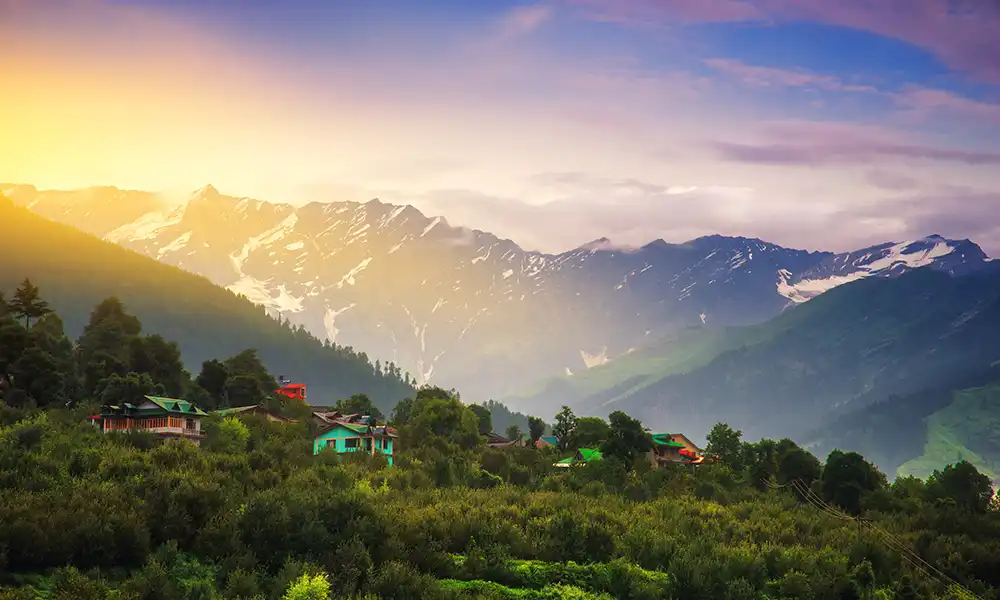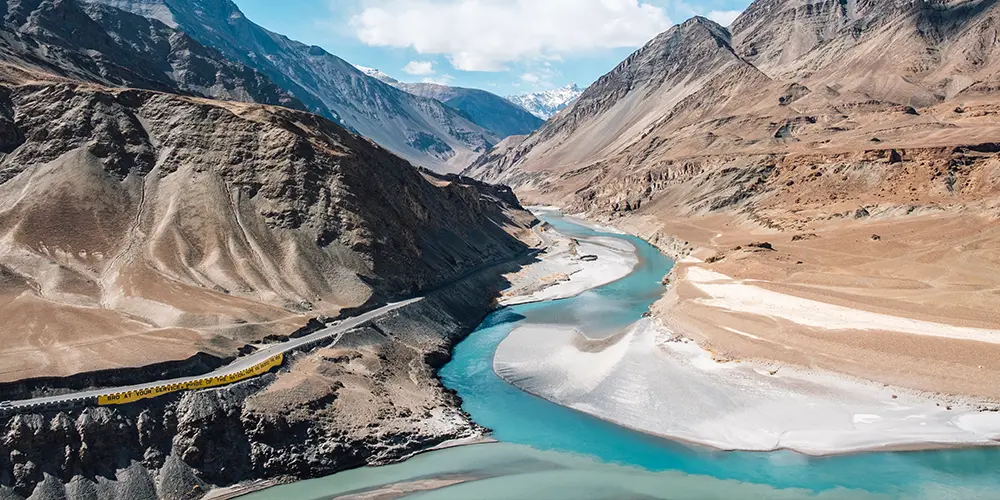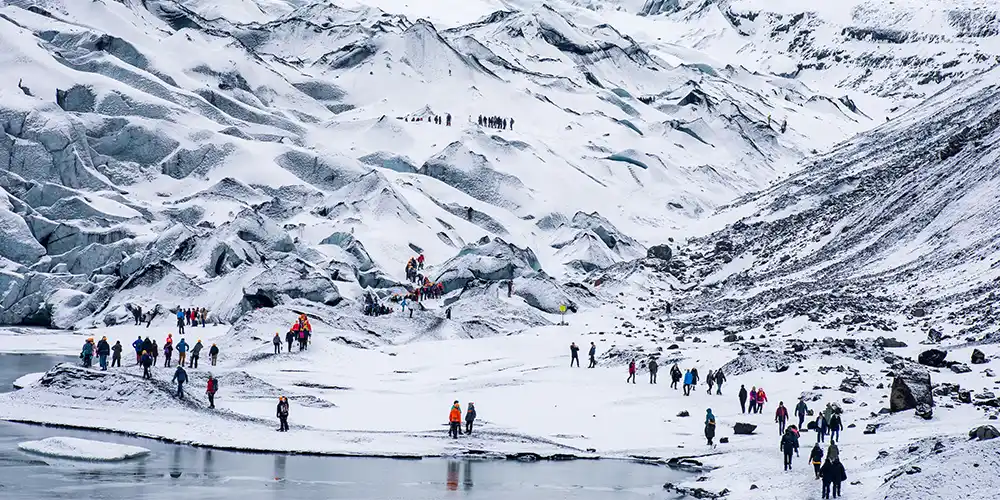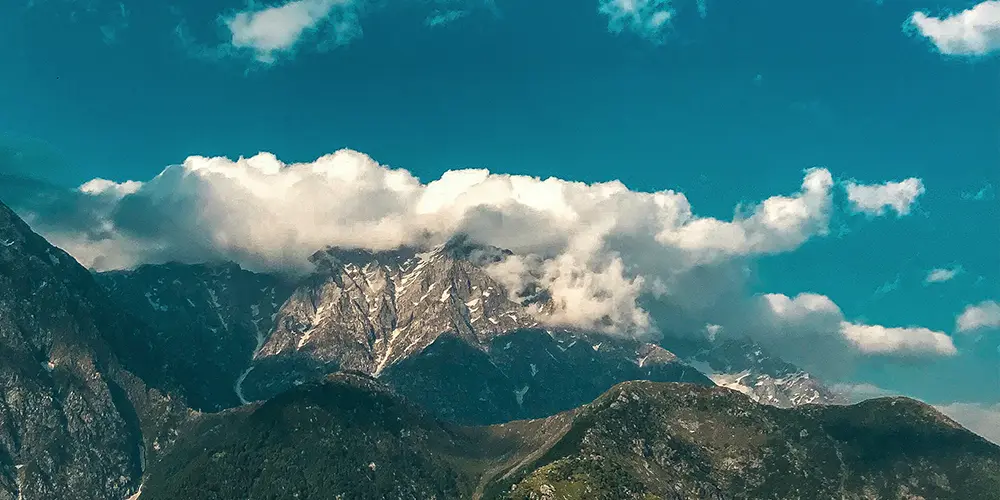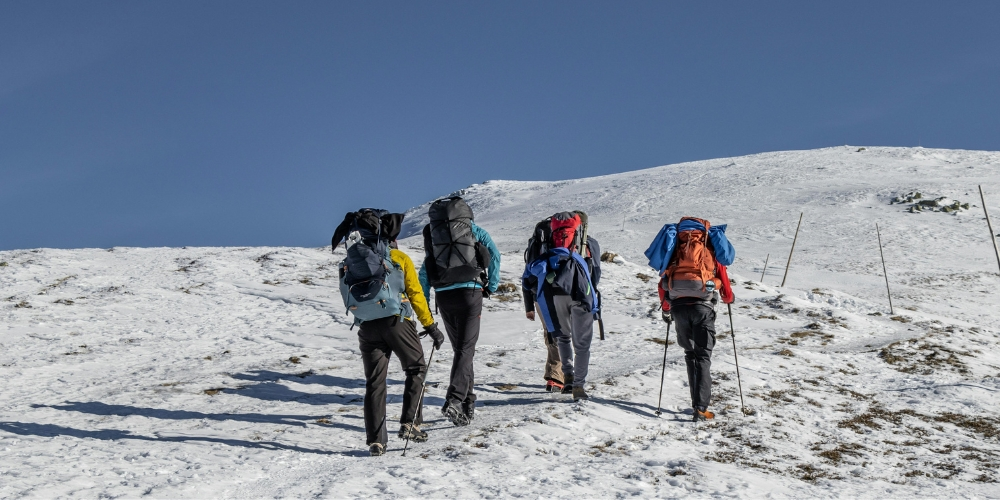
The Beas Kund trek has a few steep climbs. They aren’t dangerous, but they do make the trek moderately challenging. No matter how difficult the trek is, you will remember your time of trekking here. In fact, every trekker leaves this place feeling like they’ve lived a lifetime in just a few days.
Why do trekkers have an incredible experience here? This is because people visit with the correct information and choose the right season. The Beas Kund trek changes its face with every season, allowing visitors to witness something different each time.
Making up your mind to do the trek? If so, keep the importance of the right time for the trek in mind. You need to trek at the best time to make your trip truly remarkable. Up next, you’ll discover why the right time matters and when to go for the trek.
Why Choosing the Best Time to Do the Beas Kund Trek Matters?
The difficulty level of the Beas Kund trek is moderate. In winter, the difficulty can extend due to deep snow. Let’s explore why to choose the best time to visit the trek:
Deep Snow makes things really tough.
Snow slides near Bakarthach or Beas Kund can trigger stress among trekkers. Additionally, deep snow can hide trail markings, leaving trekkers confused about the route.
Rain Makes Trails Slippery.
During the Monsoon season, you have to walk with a cautious mind. Most of the time, your mind is focused on avoiding the risk of slipping on wet trails from rain.
Personal Factors That Can Make Trekking Difficult.
Personal reasons, such as an allergy to insects, respiratory issues, joint pain, or OCD, can affect your overall experience. People having these issues must always pay enough attention to selecting the best time to trek.
Overall, receiving direct guidance from the trek guides is the best way to find solutions and have an incredible experience.
When Is the Best Time to Visit the Beas Kund Trek?
This beautiful trek near Manali can be started from Solang Valley or Dhundi. The best time to visit here is from May to June and late September to early October. Continue to read further to know when to come here:
For Beginners
If you are new to trekking, May and June are ideal months. These are the top reasons that make this time the best for beginners:
- The weather is stable (daytime temperatures at Beas Kund range from 12°C to 18°C), allowing you to focus on enjoying your trek.
- Paths are clear, and markings are visible.
- Nights are cool but not freezing, unlike in the post-monsoon season.
- You can walk without much difficulty and complete the trek on time.
For Experienced Trekkers
Those with basic expertise in trekking will find the period from late September to early October ideal. Discover the primary reasons:
- Navigating the path becomes more adventurous but not strenuous, unlike in winter.
- Stream crossings add another difficulty to trekking after the monsoon season.
- The weather is pleasant, but cold winds can make it hard to go ahead.
Other Seasons
Generally, you can attempt trekking in the monsoon season. But try only if you have enough expertise to handle trekking challenges. Remember, even those with profound experience refrain from going ahead during this season. This is because the trails become dangerous, and you have to handle steep climbs, too.
From November to March, the trek remains closed due to higher risks of avalanches and snowslides. The regular trekking operations are halted during the season.
All in all, the best time to visit the Beas Kund trek depends on your experience and the weather.
Highlights of the Trek That You Witness at the Right Time
When you choose the best time to visit Beas Kund trek, you get to witness these highlights on the trek peacefully:
Dhundi and Bakarthach
The absence of rain and snow makes it easy for you to explore the beauty of the meadows of Dhundi and Bakarthach. These vast meadows, surrounded by towering mountains, make you realize how humble you are in the face of creation.
Beas Kund Lake
Bad weather won’t allow the trek guide to continue the trek to Beas Kund Lake. He has to halt the trek for the safety of the trekkers. They all can proceed further only when the weather is perfect. Otherwise, they will have to return.
Mountain Peaks
Beas Kund weather, when perfect, allows you to see the famous mountain peaks clearly. You can visit Seven Sisters Peak, Hanuman Tibba, Shitidhar, and Friendship Peak, and that’s where you get the best return on your efforts.
Why Book a Package?
Connecting with the experts not only helps you find the right time to do the trek but also offers a fantastic experience, especially if you are just stepping into the world of trekking. They stay updated on the weather and inform you when to come. Besides this, their knowledge of the locality helps you avoid the chances of having a bad trekking experience. Meals, tents, and other crucial trekking equipment provided by them make your journey smoother.
Conclusion
This beautiful trekking destination in Himachal Pradesh offers some of the most memorable moments you will experience. You stay close to nature, feel a deep sense of calm, and understand your ability to handle challenges. The trek to Beas Kund can bring a positive change in your life by helping you build more strength and peace. Many people also choose this place for emotional healing. Whether you come here for adventure or for quiet moments, you will surely have a fantastic time.

